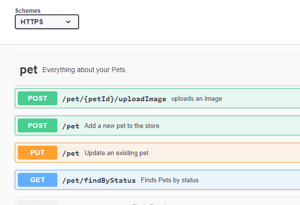Common REST API terms and explanations!
Here is a list of common terms and explanation that exist in the context of REST APIs.
API (Application Programming Interface)
A set of rules and protocols that define how different software systems can interact with each other.
REST (Representational State Transfer)
An architectural style for designing APIs that is based on the principles of the World Wide Web. REST APIs use HTTP methods (such as GET, POST, PUT, DELETE) to perform actions on resources.
Resource
A piece of information or data that can be accessed and manipulated by an API.
Endpoint
The URL of a resource that can be accessed through an API.
HTTP methods
The actions that can be performed on a resource through an API, such as GET, POST, PUT, DELETE.
Request
A message sent to an API to perform an action on a resource.
Response
The message returned by an API in response to a request.
Status code
A numerical code that is returned in the response message to indicate the status of the request (such as 200 for success or 404 for not found).
Payload
The data that is sent with a request or returned in a response.
Authentication
The process of verifying the identity of a user or client that is accessing an API.
Authorization
The process of granting or denying access to resources based on the authenticated user's permissions.
CORS (Cross-Origin Resource Sharing)
A mechanism that allows a web page to make requests to a server in a different domain.
JSON (JavaScript Object Notation)
A lightweight data interchange format that is often used to send data between a server and a client.
Swagger
A tool for documenting and testing APIs.


